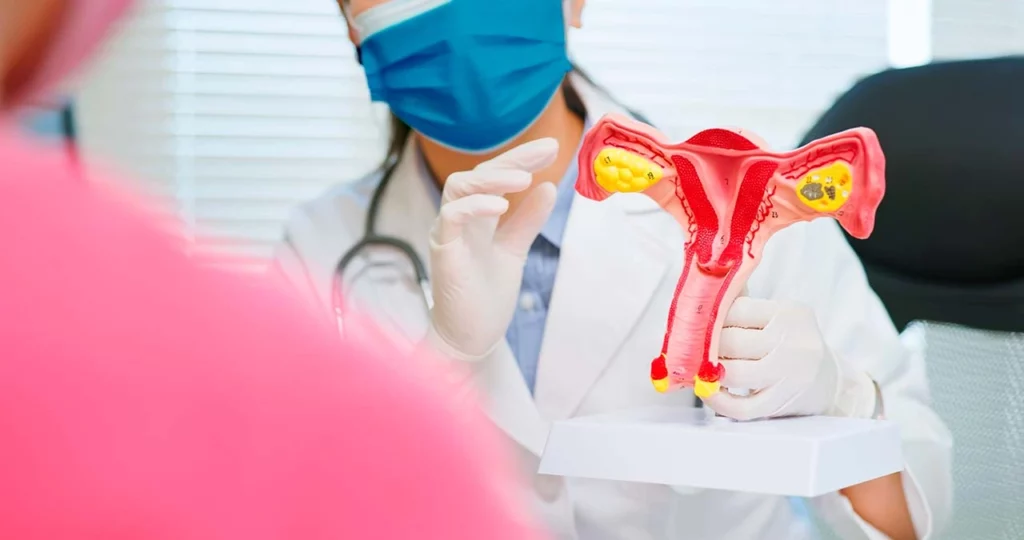Leiomyoma, also known as myoma, is a benign tumor that originates in smooth muscle tissue and, especially, in the woman’s uterus, although it can also develop in other areas such as the gastrointestinal tract, the skin, the scrotum, or the blood vessels.
Although the term tumor may sound alarming, it is important to clarify that leiomyomas are not cancer and rarely evolve into a malignant form.
What are myomas
The main way leiomyomas develop is in women, and they are uterine fibroids that form especially during the reproductive years. It is estimated that 70% of women will develop one or more fibroids throughout their lives. In the case of men, their incidence is significantly lower and represents only a minimal percentage of benign tumors in smooth muscle tissue.
Depending on their location, the symptoms of leiomyoma may vary. Although they are often asymptomatic, they may cause mild local discomfort.
On the other hand, uterine leiomyomas can cause various symptoms such as heavy or prolonged menstrual bleeding, pelvic pain, pressure, difficulties urinating or defecating, infertility problems, or the possibility of recurrent miscarriages.
Why do myomas develop
The development of leiomyomas does not have a single, clearly defined cause, although several factors have been identified that contribute to their appearance:
- Hormones: estrogen and progesterone, which are female reproductive hormones, play a crucial role in their development. This is why there is a high incidence in women.
- Genetics: a family history of myomas favors their development; certain genetic mutations in fibroid cells have been identified that may be involved in their growth.
- Racial factors: women of African descent have a higher probability of developing fibroids, as well as presenting larger and more numerous tumors compared to women of other ethnicities.
- Age: fibroids are more common during the reproductive years and tend to decrease in size after menopause due to reduced hormone levels.
- Lifestyle: a diet high in red meat and low in fruits and vegetables, as well as excess body fat, alcohol consumption, and smoking, have been identified as factors that favor their growth.
- Inflammatory factors: chronic inflammation in the uterus may play a crucial role in the development of these tumors.
Uterine leiomyoma
Uterine leiomyoma is a specific type of fibroid that develops in the uterus and is the most common type of benign tumor in women of reproductive age. Although it is often asymptomatic, uterine leiomyomas can also cause significant symptoms that affect patients’ quality of life.
Clinical examinations and imaging studies are usually performed for its diagnosis, including pelvic examination, ultrasound, magnetic resonance imaging, hysterectomy, and, in cases of suspected malignancy, a biopsy may be indicated.
The management of uterine leiomyomas depends on various factors, including symptoms, size, location, and the patient’s reproductive plans.
Among the different options are observation for asymptomatic cases or those close to menopause; hormonal agents or anti-inflammatory drugs may also be used. Surgical procedures may be required to remove fibroids, or in severe cases, to remove the uterus completely. However, minimally invasive treatments are often employed, such as uterine artery embolization or focused ultrasound ablation.
Leiomyoma is a common and generally mild condition that very often develops in the uterus; with early diagnosis and a personalized therapeutic approach, the right decisions can be made.
At the ABC Medical Center Women’s Center, we can provide you with specialized care. Contact us!
Fuentes
MSD Manuals, MedlinePlus, Elsevier



